Sagittarius Dwarf Irregular Galaxy (sagDIG) © Hubble

Sagittarius dwarf irregular galaxy (sagDIG) © Hubble
More Posts from Ad-astra-affecte-spe and Others
this morning NASA abandoned their mars rover Opportunity (aka Oppy) because it (she) got hit by a storm on Mars and it knocked her camera and wheels out and her last words to the team were “my battery is low and it is getting cold”. I know she’s a machine but I’m devastated. Oppy is the one who discovered water on Mars. RIP oppy ily space baby

Voyager 2: Rings of Neptune (August 1989)
[...] while compartmentalization and replication are important, they are aspects of what life is and does, but they do not address the why of life. The why of life is metabolism. By completing the circuit of life, biology harnesses energy from its environment. Technically speaking, this means that biology actually helps the universe cool faster; it increases the entropy of the universe. This is why the universe needs life.
Alien Oceans by Kevin Peter Hand
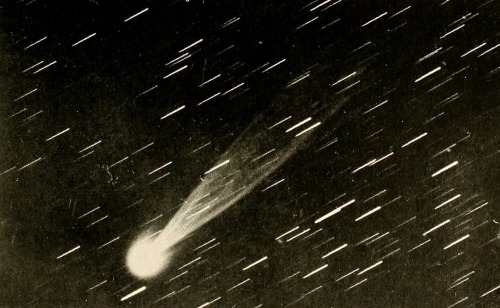



A beginner’s star-book, an easy guide to the stars and to the astronomical uses of the opera-glass, the field-glass and the telescope, 1912

The glittering globular cluster Terzan 12 — a vast, tightly bound collection of stars — fills the frame of this image from the NASA/ESA Hubble Space Telescope. This star-studded stellar census comes from a string of observations that aim to systematically explore globular clusters located towards the centre of our galaxy, such as this one in the constellation Sagittarius. The locations of these globular clusters — deep in the Milky Way galaxy — mean that they are shrouded in gas and dust, which can block or alter the wavelengths of starlight emanating from the clusters.
Here, astronomers were able to sidestep the effect of gas and dust by comparing the new observations made with the razor-sharp vision of Hubble's Advanced Camera for Surveys and Wide-Field Camera 3 with pre-existing images. Their observations should shed light on the relation between age and composition in the Milky Way’s innermost globular clusters.
[Image Description: The frame is completely filled with bright stars, ranging from tiny dots to large, shining stars with prominent spikes. In the lower-right the stars come together in the core of the star cluster, making the brightest and densest area of the image. The background varies from darker and warmer in colour, to brighter and paler where there are more stars.]Credit:
ESA/Hubble & NASA, R. Cohen (Rutgers University)



Shadows of Saturn
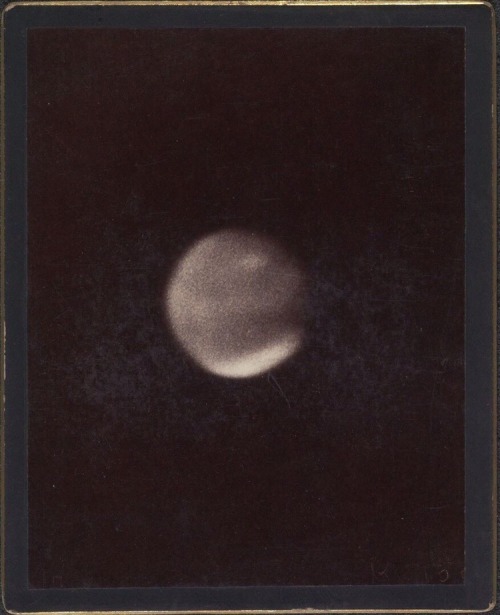
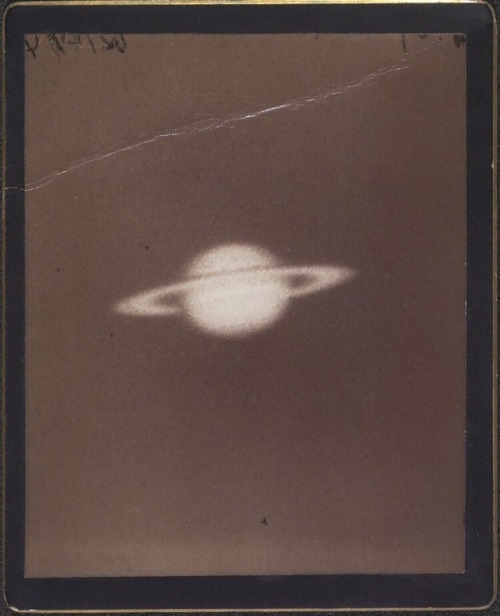
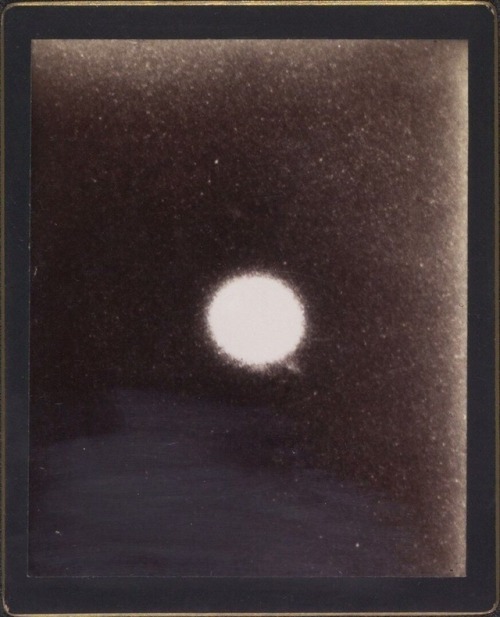
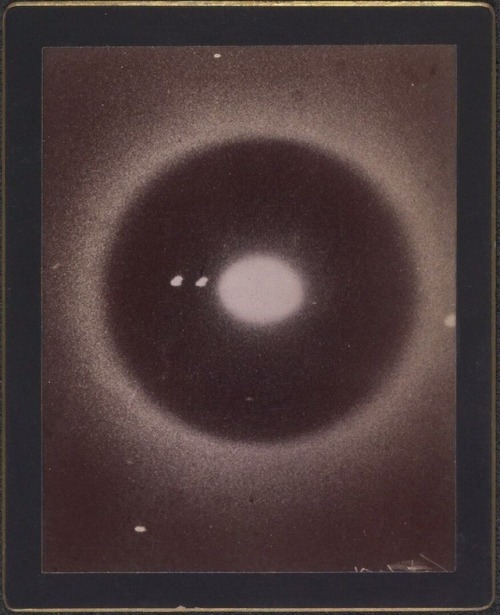
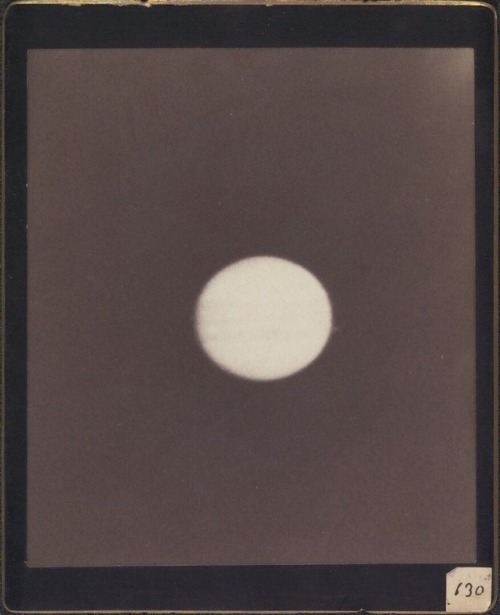
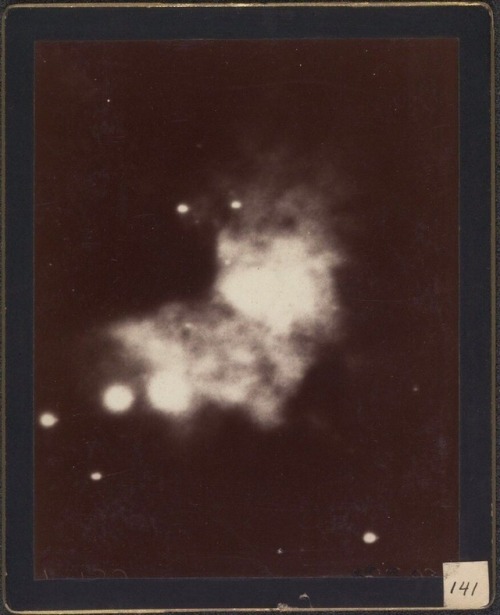
Astronomical photographs, Harvard College Observatory, Cambridge, 1890-1920

The dancer in Dorado
800 megapixel
Clearest photo of a galaxy you will ever see!

shit man this got me emotional
-
 faeriejones liked this · 1 month ago
faeriejones liked this · 1 month ago -
 oreoverdose reblogged this · 2 months ago
oreoverdose reblogged this · 2 months ago -
 axxcommonxxrose liked this · 2 months ago
axxcommonxxrose liked this · 2 months ago -
 barelyevenfriends reblogged this · 2 months ago
barelyevenfriends reblogged this · 2 months ago -
 aloevhello liked this · 2 months ago
aloevhello liked this · 2 months ago -
 ashenrex reblogged this · 2 months ago
ashenrex reblogged this · 2 months ago -
 ashenrex liked this · 2 months ago
ashenrex liked this · 2 months ago -
 jdroblez reblogged this · 2 months ago
jdroblez reblogged this · 2 months ago -
 jdroblez liked this · 2 months ago
jdroblez liked this · 2 months ago -
 heartbeatbutch reblogged this · 2 months ago
heartbeatbutch reblogged this · 2 months ago -
 th0t-mulligan liked this · 2 months ago
th0t-mulligan liked this · 2 months ago -
 merrijade liked this · 2 months ago
merrijade liked this · 2 months ago -
 bisexualbellamys reblogged this · 2 months ago
bisexualbellamys reblogged this · 2 months ago -
 xthemandylorianx liked this · 2 months ago
xthemandylorianx liked this · 2 months ago -
 all-that-remains reblogged this · 2 months ago
all-that-remains reblogged this · 2 months ago -
 pessimisticprincess reblogged this · 2 months ago
pessimisticprincess reblogged this · 2 months ago -
 unsuredefleur reblogged this · 2 months ago
unsuredefleur reblogged this · 2 months ago -
 unsuredefleur liked this · 2 months ago
unsuredefleur liked this · 2 months ago -
 ohshebihuhh reblogged this · 3 months ago
ohshebihuhh reblogged this · 3 months ago -
 gearchronicle reblogged this · 3 months ago
gearchronicle reblogged this · 3 months ago -
 gearchronicle liked this · 3 months ago
gearchronicle liked this · 3 months ago -
 filextractor reblogged this · 3 months ago
filextractor reblogged this · 3 months ago -
 un1versum reblogged this · 3 months ago
un1versum reblogged this · 3 months ago -
 hallamfoe reblogged this · 3 months ago
hallamfoe reblogged this · 3 months ago -
 filextractor liked this · 4 months ago
filextractor liked this · 4 months ago -
 jamjarmusch reblogged this · 4 months ago
jamjarmusch reblogged this · 4 months ago -
 nevergoodenough-4u liked this · 7 months ago
nevergoodenough-4u liked this · 7 months ago -
 coffee-without-anesthetics liked this · 7 months ago
coffee-without-anesthetics liked this · 7 months ago -
 coffee-without-anesthetics reblogged this · 7 months ago
coffee-without-anesthetics reblogged this · 7 months ago -
 welliguessimin liked this · 8 months ago
welliguessimin liked this · 8 months ago -
 mybrainlacksharmonics reblogged this · 8 months ago
mybrainlacksharmonics reblogged this · 8 months ago -
 just-watching-the-rain reblogged this · 8 months ago
just-watching-the-rain reblogged this · 8 months ago -
 kevinchongdante reblogged this · 9 months ago
kevinchongdante reblogged this · 9 months ago -
 carlapereiraherrer reblogged this · 9 months ago
carlapereiraherrer reblogged this · 9 months ago -
 carlapereiraherrer liked this · 9 months ago
carlapereiraherrer liked this · 9 months ago -
 deepbluesskies reblogged this · 9 months ago
deepbluesskies reblogged this · 9 months ago -
 leilaz reblogged this · 9 months ago
leilaz reblogged this · 9 months ago -
 leilaz liked this · 9 months ago
leilaz liked this · 9 months ago -
 antipocalypse reblogged this · 9 months ago
antipocalypse reblogged this · 9 months ago -
 antipocalypse liked this · 9 months ago
antipocalypse liked this · 9 months ago -
 greywolf117 reblogged this · 9 months ago
greywolf117 reblogged this · 9 months ago -
 greywolf117 liked this · 9 months ago
greywolf117 liked this · 9 months ago -
 kybele reblogged this · 9 months ago
kybele reblogged this · 9 months ago -
 spacehuntress2 reblogged this · 11 months ago
spacehuntress2 reblogged this · 11 months ago -
 spacehuntress2 liked this · 11 months ago
spacehuntress2 liked this · 11 months ago -
 stupidirl reblogged this · 11 months ago
stupidirl reblogged this · 11 months ago -
 de-launaie liked this · 11 months ago
de-launaie liked this · 11 months ago -
 wizardoftheloops liked this · 1 year ago
wizardoftheloops liked this · 1 year ago

★•Astronomy, Physics, and Aerospace•★ Original and Reblogged Content curated by a NASA Solar System Ambassador
204 posts
